What is the tolerance range of precision screws?
What is the tolerance range of precision screws?
Service Hotline
+86760-8787 8587We have more than ten years of production experience in the screw industry, the main products are: rolled pins, pressure riveting screw sleeve zinc outer diameter 7.2, 4.8 grade color zinc hexagon nuts, light spring washers, cup head socket head cap screws and nuts, WN14315 four point two Point Nut, Through Hole Hexagonal Pressure Riveting Stud, GB70 Stainless Steel Bolt, ANSIB18.2.2 American Standard and American UNF Hexagon Nut, Set Combination Full Flat Head Screw Nut, 316 Decorative Round Cap Ball Cap Nut, Hexagonal Nut, Aircraft Expansion Plug Screws, GB901 double-headed screws, double-headed screw bolts and other fasteners, due to the different materials and specifications of the products, the prices are also different, if you need, please contact us.


In general, the size, mechanical properties and working performance requirements of self-tapping screws have the following standards: 1. Self-tapping screw size standard ASME B18.6.3 2010 standard not only introduces the dimensions of slotted and cross-recessed self-tapping screws and metal drive screws, but also includes the mechanical properties and work performance requirements of carbon steel self-tapping screws. The appendix gives instructions for measuring the various dimensions and application guidance on clamping lengths and test apertures. 2. Self-tapping screw performance standards (including mechanical properties and work performance): (1) SAE J933: Introduces the mechanical performance and work performance requirements of carbon steel ordinary self-tapping screws and white-cut self-tapping screws. The requirements for selection of raw materials, heat treatment, depth of carburized layer, surface hardness, and core hardness are further specified. (2) SAE J81: The mechanical properties and working performance of self-extrusion self-tapping screws (self-tapping locking screws) are introduced. (3) SAE J78: The mechanical properties and working properties of self-drilling and self-tapping screws are introduced. (4) IFl-113: The mechanical properties and working properties of self-drilling and self-tapping screws are introduced. (5) ASTM C1513: Introduces the mechanical properties and performance requirements of carbon steel self-tapping screws. For other special types of self-tapping screws, there is no corresponding national or industrial standard, and no data for self-tapping screws made of other metal materials other than carbon steel have been recognized. For technical data on these self-tapping screws, you can check with the manufacturer.
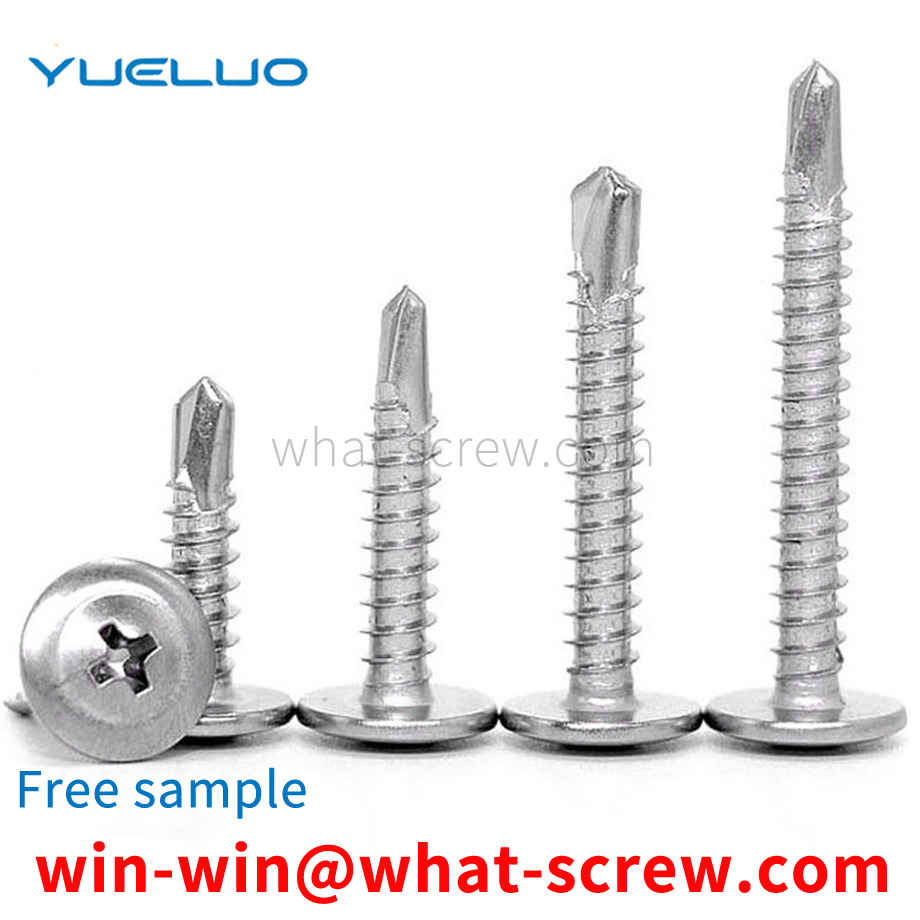
The hexagonal nut is used in conjunction with screws, bolts and screws to connect and fasten parts. Among them, the Type 1 six-purpose nut is the most widely used. The C-level nut is used for machines, equipment or structures with rough surface and low precision requirements; A-level and B-level nuts are used for relatively smooth surfaces and high precision requirements. machine, equipment or structure. The thickness M of the type 2 hexagon nut is thicker, and it is mostly used in occasions where assembly and disassembly are often required. The thickness M of the hexagonal thin nut is relatively thin, and it is mostly used in situations where the surface space of the connected parts is limited.
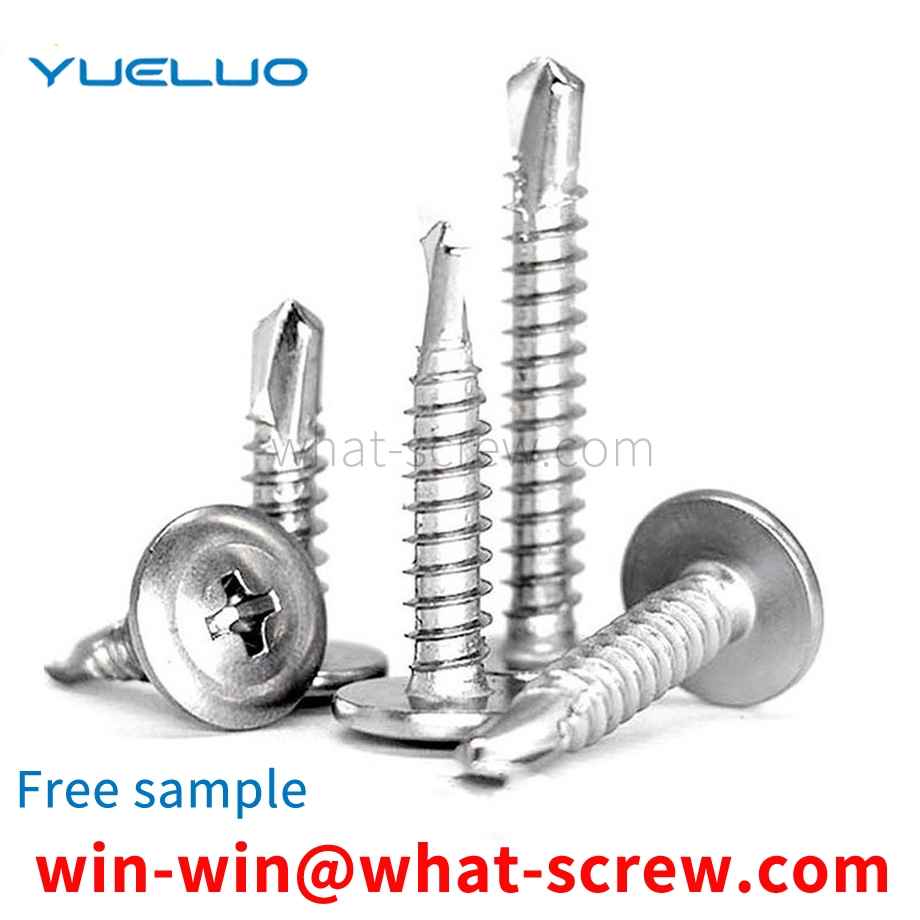
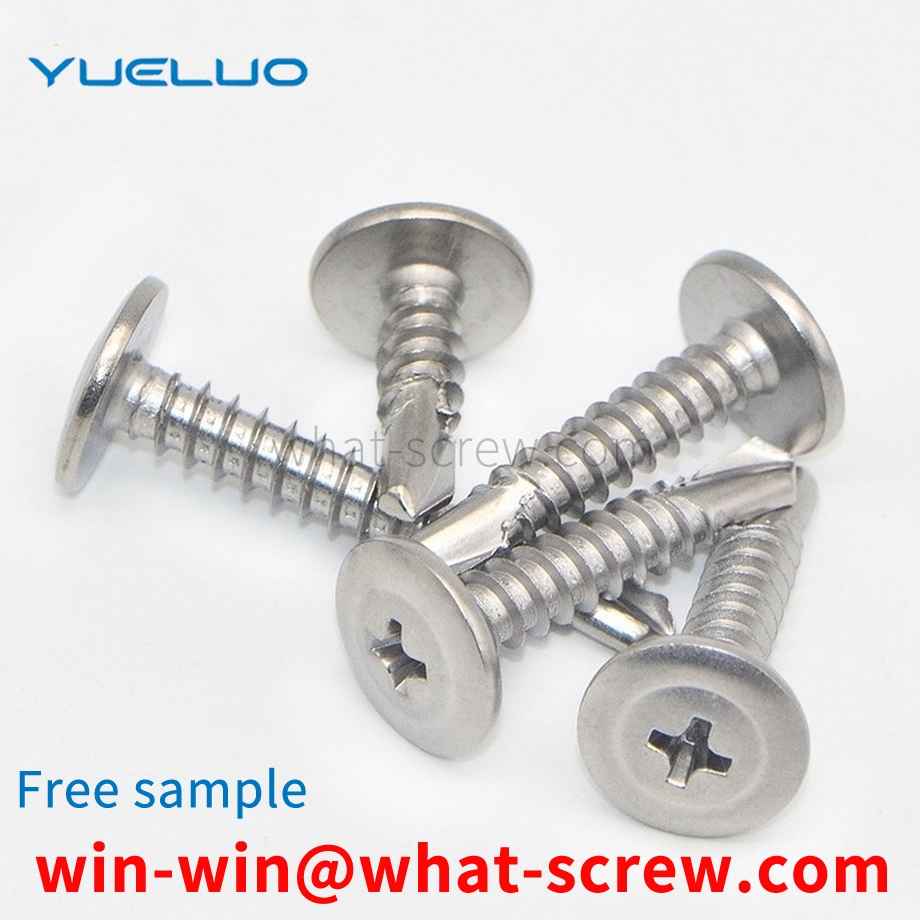
As a commonly used data communication device, connectors are widely used in computers and TVs. Because common connectors such as D-SUB and DVI are composed of a male seat and a female seat, the iron shell of the male seat and the female seat is The corresponding position is provided with holes, the holes of the male seat are connected with rivets, and the holes of the female seat are correspondingly provided with screws for fixing. After the male seat and the female seat are connected, tighten the screws so that the male seat and the female seat are tightly connected together. When assembling on a computer or a TV, the rivet has a fixed assembly direction, and the fixation of the rivet direction is very important for assembly. However, there is no anti-rotation device on the iron shell hole connected with the rivet on the existing connector, and the rivet cannot be positioned during the assembly process, and it is easy to rotate and dislocate. production efficiency.
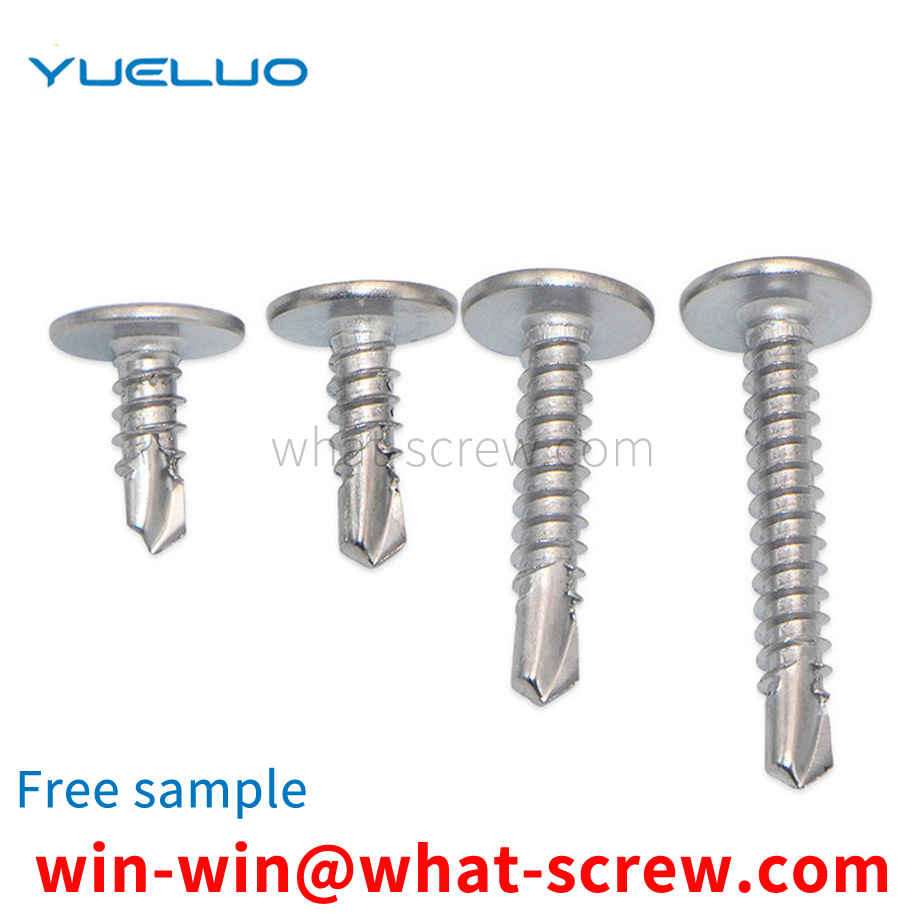
GB6177 Hexagon Flange Nuts - Grade GB55 Hexagon Thick Nuts GB56 Hexagon Extra Thick Nuts GB1229 Large Hexagon Nuts (High Strength for Steel Structure) Lock Nuts Other Names: Root Nuts, Lock Nuts, and Nuts. Purpose: To lock the outer joint of the through wire or other pipe fittings. The working principle of the nut is to use the friction between the nut and the bolt for self-locking. However, the reliability of this self-locking is reduced under dynamic loads. In some important occasions, we will take some anti-loosening measures to ensure the reliability of the nut locking. Among them, the use of lock nuts is one of the anti-loosening measures.

The above content is uploaded by Yueluo or the Internet. If there is any copyright issue, please contact [email protected].

What is the tolerance range of precision screws?

How to choose the right stainless steel screw manufacturer?

Why is there an R angle under the head of the hexagon head s...
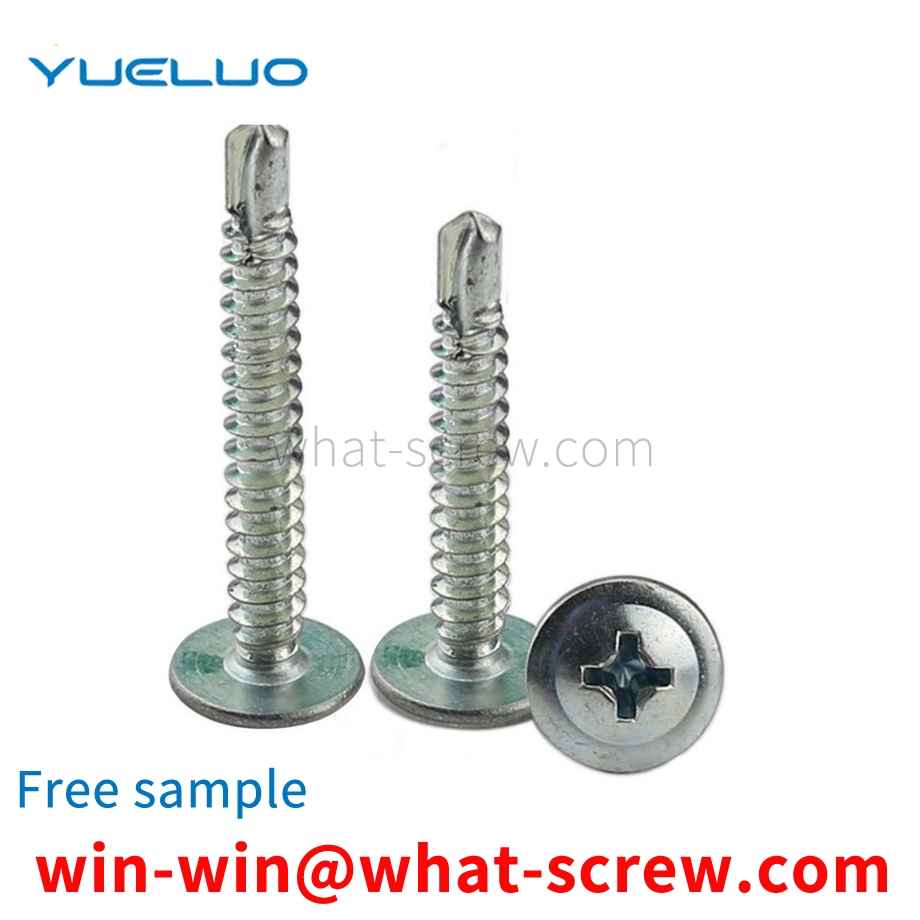
We have more than ten years of screw industry production exp...
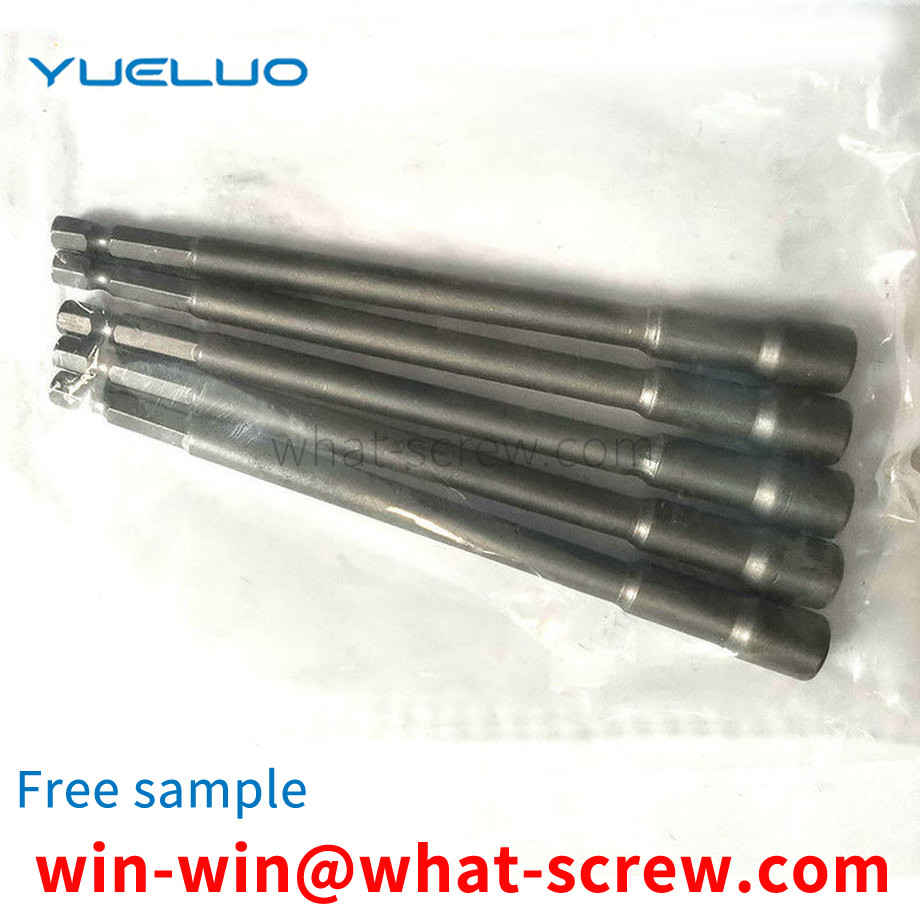
We have more than ten years of experience in the production ...
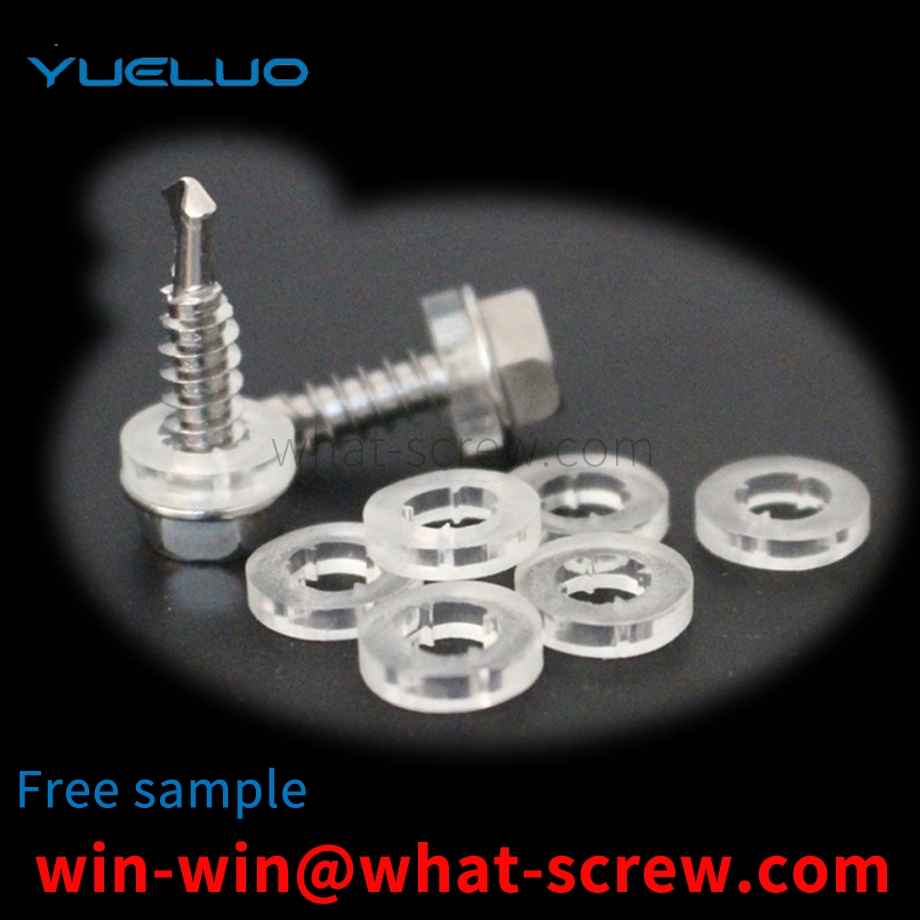
We have more than ten years of production experience in the ...

We have more than ten years of experience in the production ...